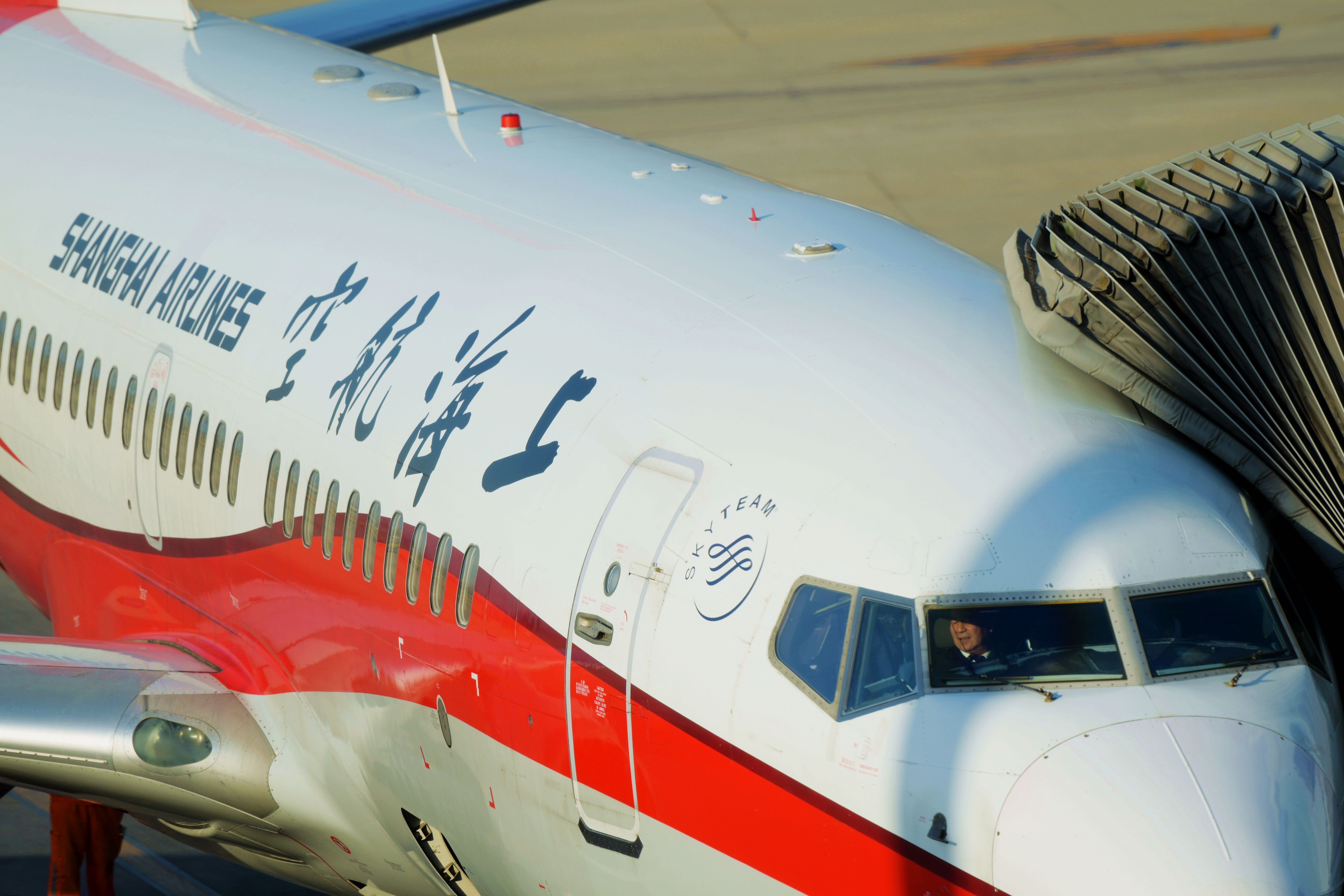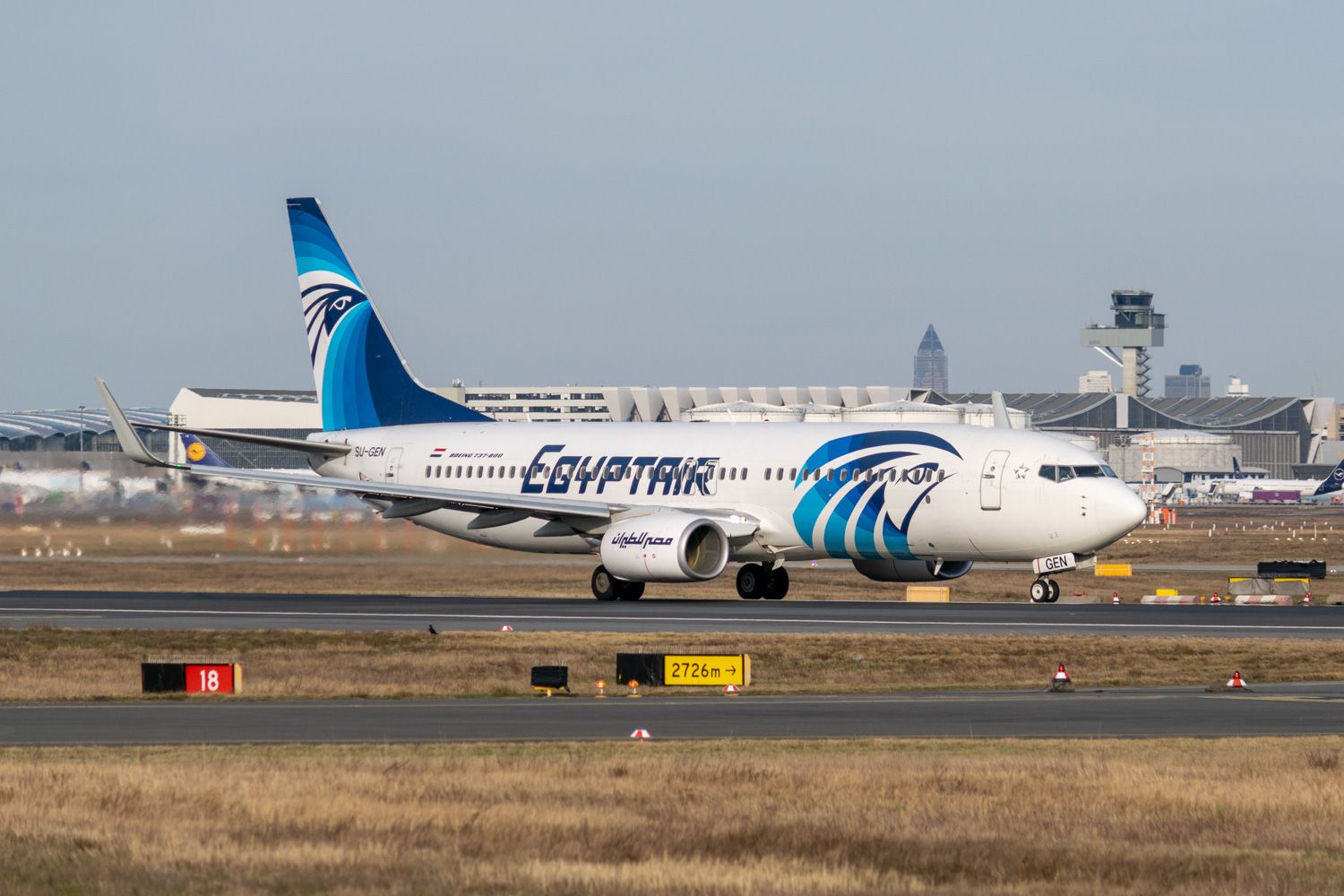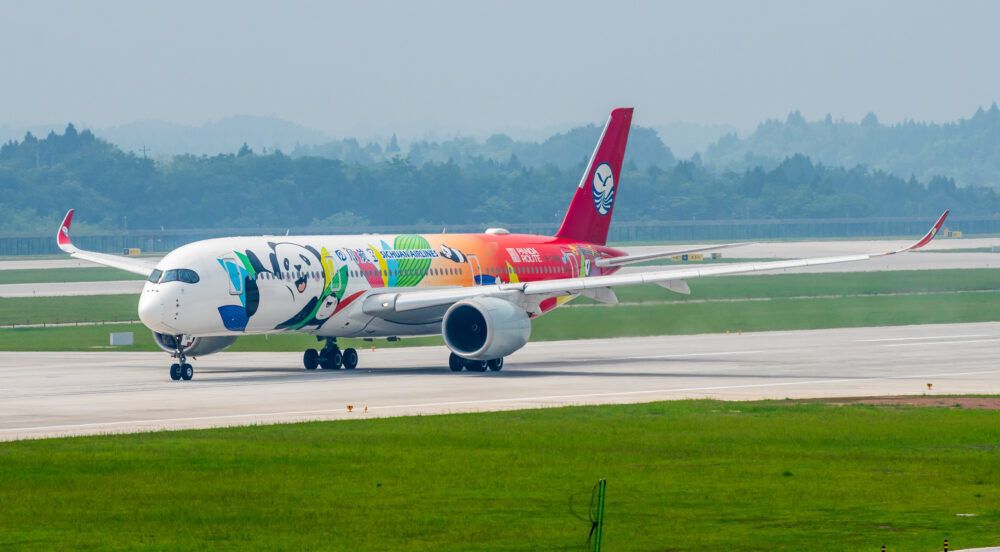China's Civil Aviation Administration has forced four airlines to suspend flights on specific inbound routes after those airlines were found to have flown in passengers infected with COVID-19. The practice, similar to what Hong Kong's civil airline authorities do, further shrinks the pool of available capacity into mainland China and punishes airlines for something they have no control over.
Four airlines face suspensions on China routes this week
According to a recent Civil Aviation Authority of China (CAAC) notice, Oman Air, Egyptair, Shanghai Airlines, and Sichuan Airlines are all in the firing line this week. An April 8 Oman Air flight from Muscat (MCT) to Guangzhou (CAN) carried six passengers who tested positive for COVID after landing. Consequently, the CAAC suspended two inbound flights on that route over a two-week period.
On April 13, an EgyptAir flight from Cairo (CAI) to Hangzhou (HGH) flew in 15 passengers who later tested positive for COVID. That airline is now banned from carrying passengers on four inbound flights for two weeks from May 2. A Shanghai Airlines flight from Bangkok (BKK) to Nanchang (KHN) inadvertently flew in nine COVID positive cases on April 9, also resulting in a two-week inbound flight ban on that route.
Finally, also on April 9, Sichuan Airlines flew in six passengers on a service from Cairo to Chengdu (CTU), meaning that the airline's once-a-week flights are operating without inbound passengers for two weeks. CAAC calls these passenger bans "circuit breaker measures." They don't prohibit the airlines from flying passengers out of the named Chinese port, but they do forbid the airlines from flying passengers in. Effectively, the rule forces the airline is to fly empty on one leg of a return flight, if the airline chooses to operate the service at all.
CAAC's unusual and punitive approach
It's a rather unusual and punitive approach to COVID zero, given airlines aren't responsible for testing passengers. Generally, the responsibility for COVID testing lies with a country's health department, which often outsources to private sector providers. It is an airline's responsibility to check the paperwork before boarding passengers and monitor for symptoms. But if the required COVID paperwork says the passenger is negative and the passenger is displaying no symptoms at check-in, then this is a case of shooting the messenger.
However, the Chinese authorities have favored these so-called circuit breaker measures for some time, as have Hong Kong authorities. As of last Wednesday, 11 flight routes from 10 airlines were temporarily paused by Hong Kong authorities, including Cathay Pacific, Singapore Airlines, Ethiopian Airlines, Qatar Airways, KLM Royal Dutch Airlines, Air India, Turkish Airlines, Malaysia Airlines, All Nippon Airways, and Scoot.
At the end of March, Hong Kong authorities said they would halve the flight ban to seven days for airlines inadvertently carrying three or more infected passengers. Hong Kong authorities call the measure a "flight suspension mechanism."
Both Hong Kong and mainland China remain largely off-limits to non-citizens and residents. For those travelers able to secure entry permits, the risk of cancelations and disruptions caused by these temporary flights bans is problematic. China's Civil Aviation Authority requires the affected airlines to deal with flight changes and refunds promptly.



